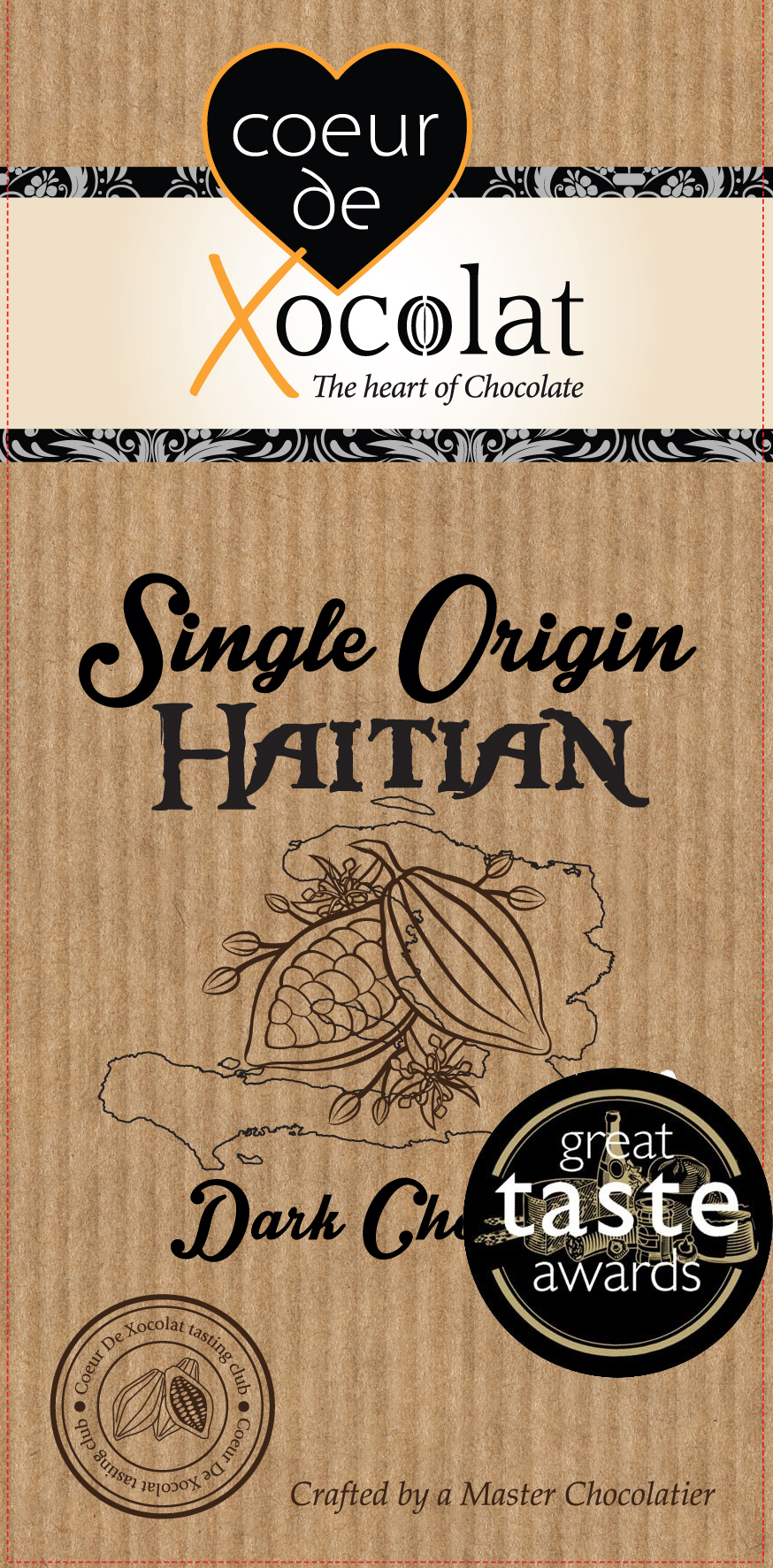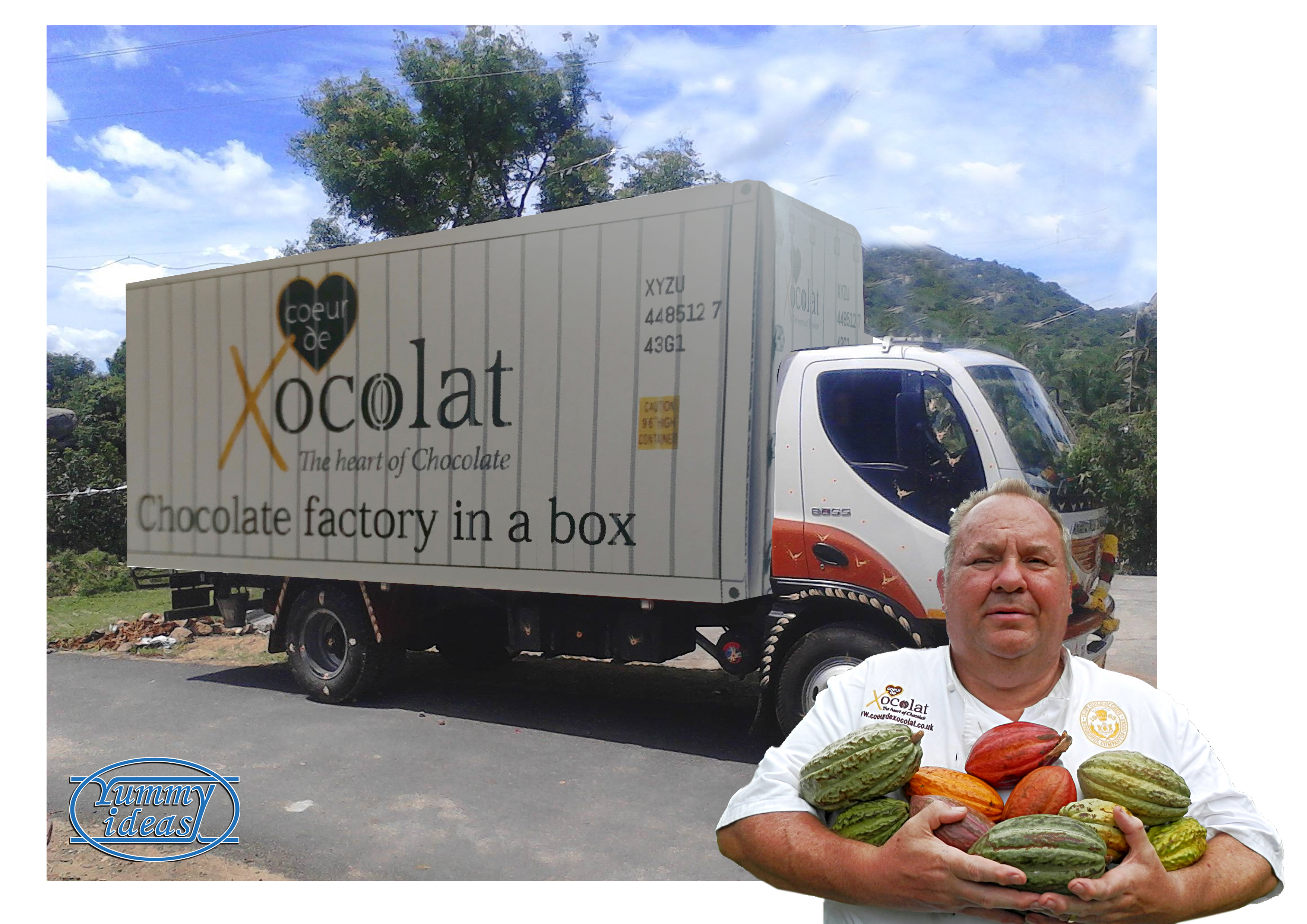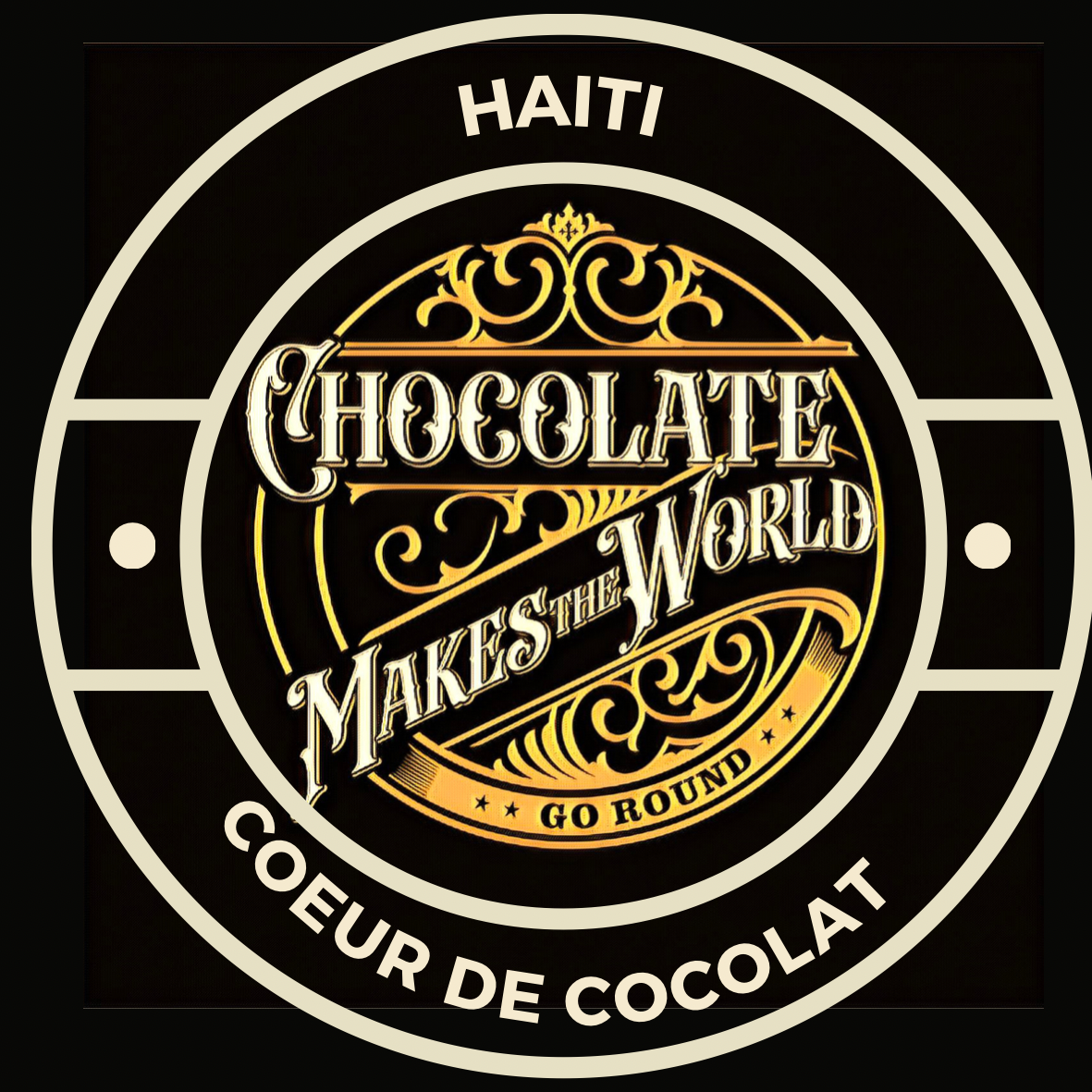Haiti was one of the first countries that tried to grow cocoa commercially sadly they were not very successful.
in the early-16th century. Hernan Cortez the Spanish conquistador setup a plantation there and in the Dominican Republic.
A few years later in the mid-17th to early-18th century the French were more successful in bringing cocoa to its colonies in Martinique, St Lucia and the Dominican Republic , but didn't do the same in in Haiti, despite the country being under its control for a while.
Cocoa production In Haiti
Haiti produces about 5,000 metric tons of cocoa each year.
That is small compared to the 70,000 metric tons produced each year by neighboring Dominican Republic.
Haiti has two principal cacao growing regions, and involves around 7,000 households 4,000 of which are in the Department of the Grand Anse communes of Chambellan, Dame-Marie, Anse d’Hainault and Irois, and some 3,000 in the Department of the North communes of Borgne, Port-Margot, Grande Rivière du Nord, Acul du Nord and Milot.
Their contribution to the world supply of chocolate isn’t significant yet but for Haiti itself cacao beans have been an important crop.
Although produced during the French colonial area, cocoa became a important source of foreign exchange after independence.
In the late 19th and early 20th century, cocoa, along with coffee, accounted for the biggest share of Haiti’s exports.
Haitian cocoa bean production declined during the 20th century, in part due to a mid-century period of low international cocoa prices relative to prices of subsistence crops.
Three main varieties of cocoa are grown in country: Trinitario, Criollo and Forastero and chocolate containing Haitian cocoa is said to have a fruity flavor.
Haitian Cocoa has mainly been sold unfermented untill recently.
Despite great promise, the Haitian cocoa crop faces a plethora of challenges.
Post-harvest loses are huge estimated to be between 20 to 25% (375 kg /ha.), due to poorly managed, ageing plantations that are usually in just one hectare of land and managed by maturing farmers.
Haitian cocoa is also mainly sold unfermented due to poor infrastructure for drying, which often leads to mold growth during rainy periods, lack of access to credit facilities to help with the upkeep of the farms and "unfair competition from Dominicans who divert cocoa".
Take a look at my first chocolaet safari to Haiti here
David has been involved with the development of products, the writing of tasting notes, and arranging and leading food safaris in Haiti, Sao Tome, France Germany Ghana and Belgium (innovation exploration days)


